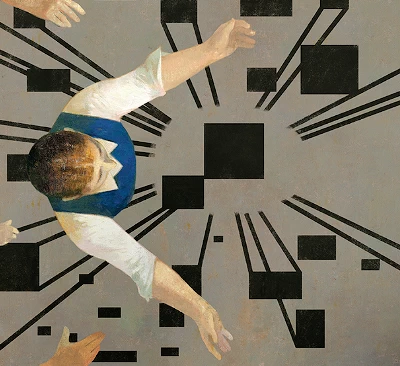Finding the Human(ities) in the History of Science
The Secret History of Magnets
We all know that the force that closes your bag with that satisfying “click” is not the same force that draws you to another human being, but those notions of attraction were once one and the same.
A 3000-LEVEL SEMINAR I HAVE HAD THE PLEASURE OF TEACHING several times in the English department called The Arts of Science in the English Renaissance explores a period in which the humanities and the sciences were inextricably linked. Appropriately enough, students with backgrounds in literature and history join math, physics, and biology majors around the table to discuss works of literature that are about science, such as John Donne’s poems on astronomy and Francis Bacon’s utopian fiction New Atlantis, while also reading works of Renaissance science—including texts on astrology, alchemy, and anatomy—that prefigured later fields of study. One outcome of our course that is especially important in the wake of current concerns about the “death of the humanities” and the value of a liberal arts education is a new understanding of the “human” in relation to fields of knowledge we now call the “sciences.”
Take magnetism, for example. When we think of magnetism today, we probably don’t think about literature or divinity, yet early modern “natural philosophers” (whom we would now call “scientists”) found in magnets (also called “adamants” and “lodestones”) evidence of divine creation and a force of attraction coursing through nature. Because magnets are so prevalent in today’s world—from stereo speakers to refrigerators to electronic cigarettes—we have lost some of this earlier amazement, even though we may still wonder at the miracles of MRI machines or levitating high-speed trains. The very language of magnetism reveals a secret history that we ourselves often forget. For example, the French word for magnet, aimant, invokes the word aimer, “to love.” In Sanskrit, chumbaka means “the kisser,” while in Chinese the word for magnet is t’su shi, which translates as “the loving stone.” English speakers today may still describe the “magnetic attraction” that draws a couple together, while popular fashion magazines call attention to the “magnetic seduction” of a celebrity model on their covers and offer beauty tips inside their pages that promise to turn readers into sexual “magnets.”....

